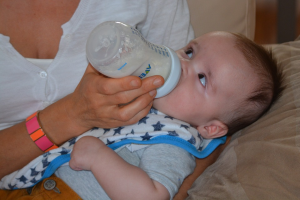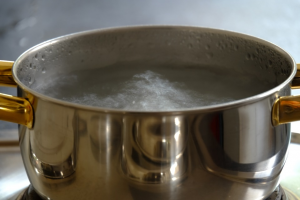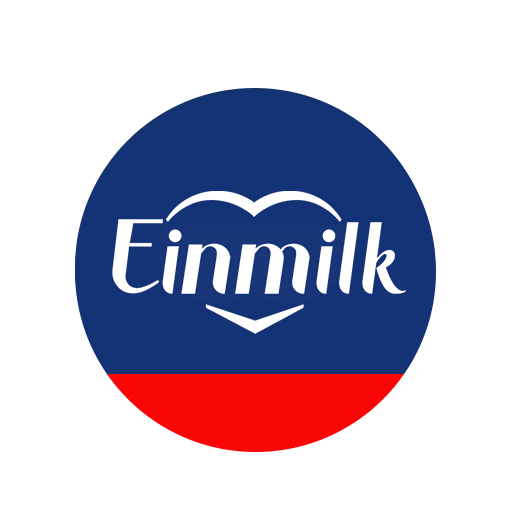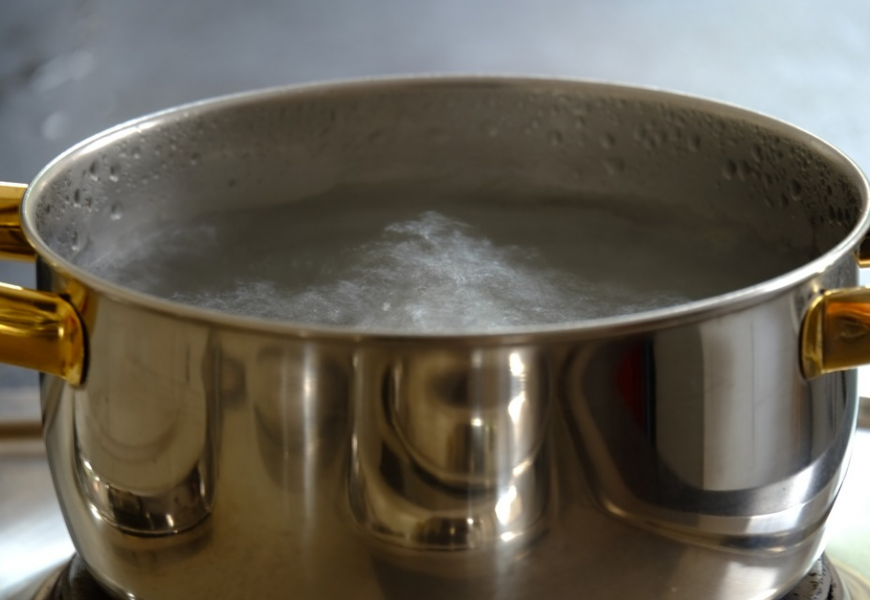The fundamental basics are to wash milk bottles immediately after use, rinse thoroughly and dry as both infant formula milk powder and breast milk leave an oily residue.
Did you know that there is more to caring for your baby’s milk bottles?
If your baby is below six months old, their immune system is still developing and extra attention is needed when washing and caring for your baby’s bottles.

Washing
Bottles should be fully disassembled for easier and more thorough cleaning.
Wash your baby’s bottles with a baby bottle detergent that has no toxic ingredients.Use a clean bottle brush and teat brush to ensure that all nooks and crannies of the bottle can be reached. In addition, remember to wash your hands before and after handling bottles. It’s tedious but necessary as our hands carry many germs from the surfaces that we touch regularly and not washing your hands thoroughly may lead to viruses that cause diarrhoea.
If washing by hand instead of in a dishwasher, it is recommended to place the bottles into a large container and pour hot soapy water into it while scrubbing the interior with a bottle brush. Before putting the bottles and equipment away, ensure that they are entirely dry before keeping them aside to prevent the proliferation of bacteria.
Sterilising
Sterilising is recommended especially for premature babies and newborns to kill off harmful viruses that may remain in the bottles after washing. The most traditional method of sterilising baby bottles is to boil them in water.
However, this method can result in burns and scalds if you are not careful. There are steam sterilisers and more recently, UV sterilisers. UV sterilisers are considerably pricier than steam sterilisers but there is little effort required as the baby bottles can be left in the steriliser until the next use without needing to dry them on a drying rack.
Types of bottles and recommended usage period
Most baby bottles currently sold in the market are made from polypropylene (PP) plastic. These bottles lose their transparency and change colour with time. This indicates a chemical breakdown in the plastic and thus, should be changed when it happens or every 6 months, whichever happens earlier.
Polyethersulphone (PES) is tougher and safer than PP bottles. It can withstand a higher temperature than PP without breaking down chemically. If exposed to boiling water, PES will start disintegrating. PES bottles look cloudy or have a honey-coloured tint. It is advised that PES bottles be changed every 6 months.
Polyphenylsulfone (PPSU) bottles are the sturdiest of the three plastics with the highest durability and heat tolerance. It does not absorb odour or change colour and is suitable for repeat sterilisation. Despite this, you should get new PPSU bottles every year.
Glass bottles are likely the most durable of the lot. However, it may be too heavy for a baby to hold on its own and require special silicone holders for a better grip.
These bottles can be purchased from stores that sell baby products such as Lazada Redmart.
How to look out for wear and tear
Scrutinise your baby’s bottles daily for cracks or chips that could break and cause milk to leak. Scratched plastic bottles should be tossed as bacteria could breed inside the scratch lines. Replace teat nipples when they become cracked or gummy or every 3 months.
A speedy way to check is to observe how the formula flows from the teat. If it is in even drops, then it is good to use. If it is in a steady stream, it means that the milk is flowing too fast and could lead to choking. If the milk flows too slowly, consider using a nipple with more holes or switch to the next stage for a more comfortable flow.

How do you care for your baby’s bottles? Let us know in the comments!


Comments (2)
[…] who feed expressed breast milk and formula milk to infants and toddlers. Some milk bottles are more durable than the rest due to the material used. In addition to considering the material of the milk bottle, […]
I like what you said about not using toxic detergents when washing your baby’s bottle. My sister has been telling me about how she wants to make sure that her son is healthy in the coming weeks. I’ll share this information with her so that she can look into her options for professionals who can help her with this.
https://bottle-buggy.com/shop/ols/products/bottle-buggy-baby-bottle-holder